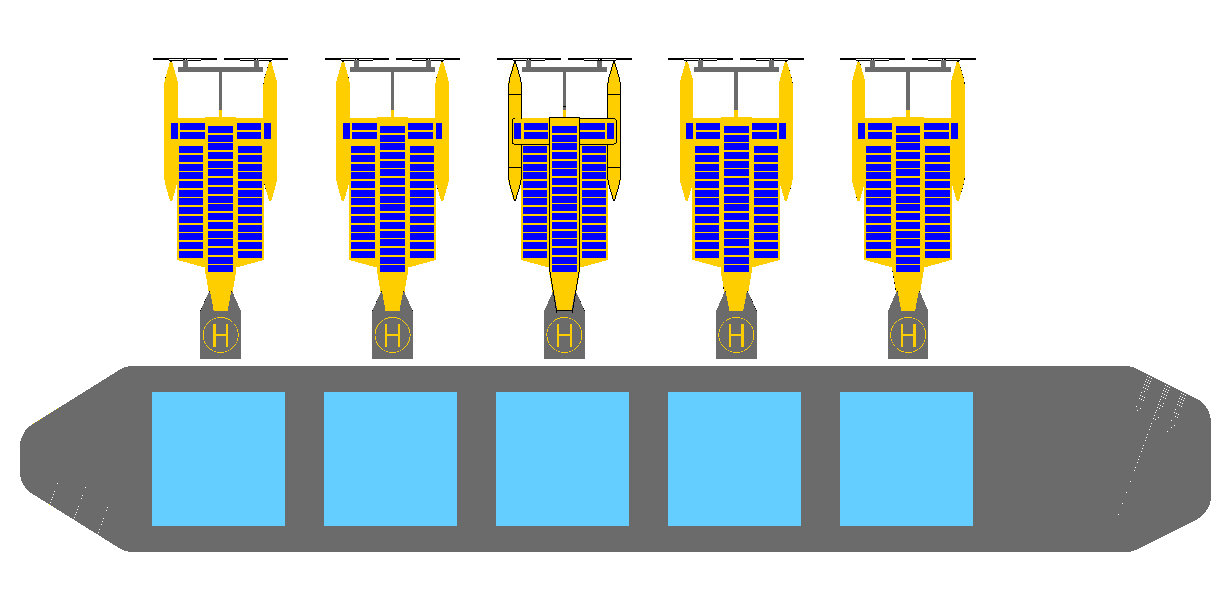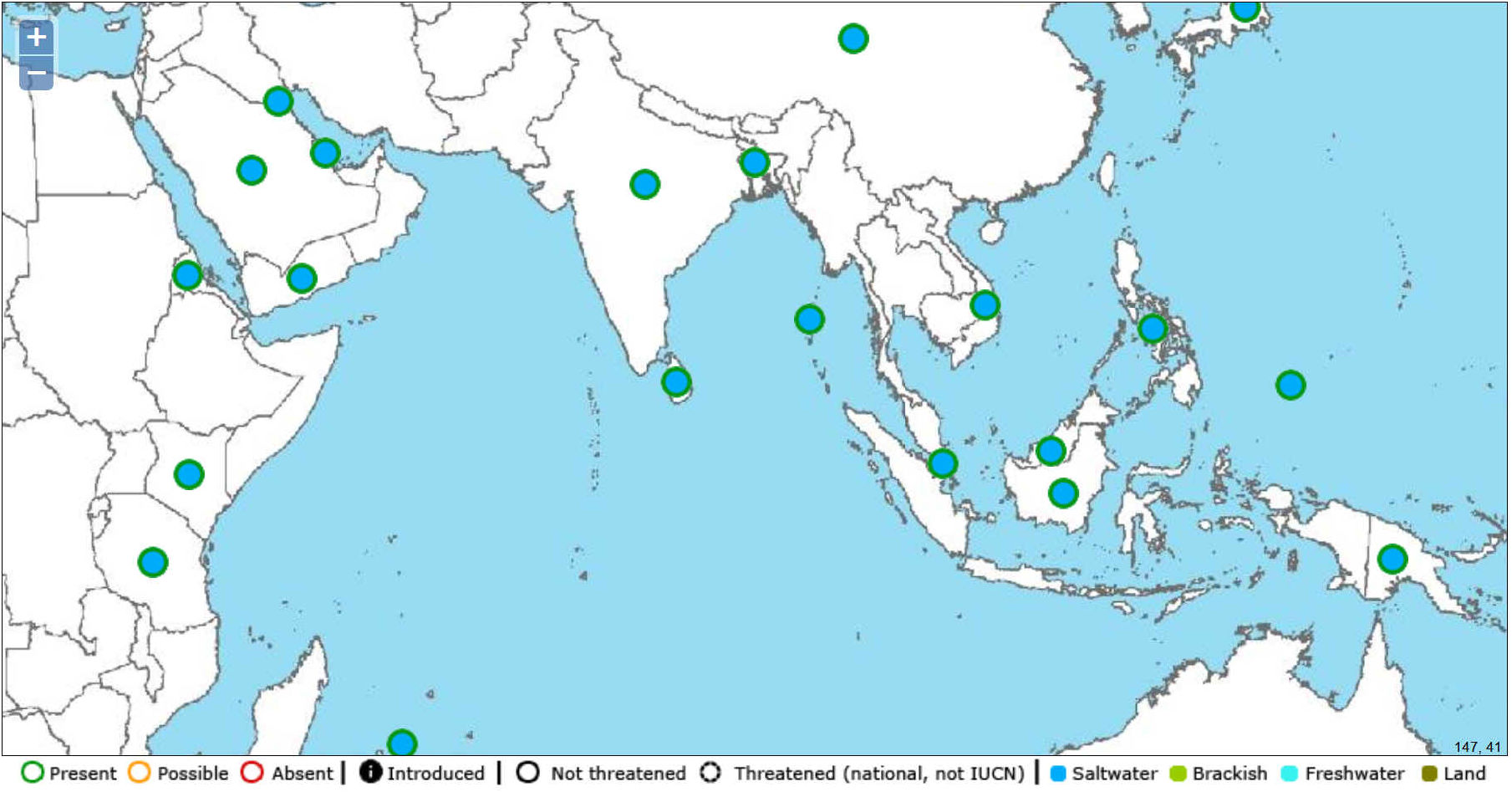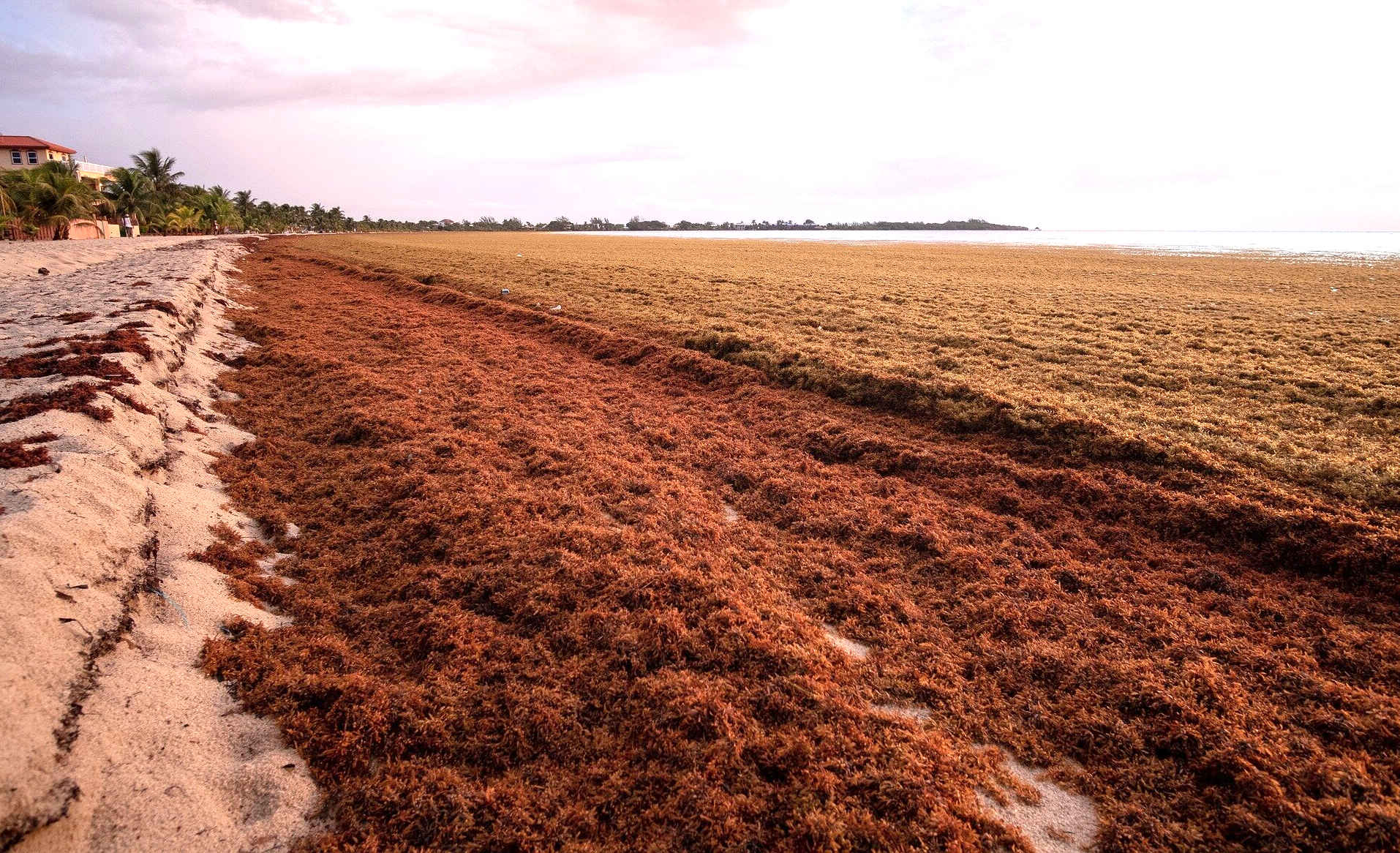|
SEAVAX-SARGASSO ™ SEAVAX-CALYPSO ™ SEANET ™
VIRTUAL OCEAN DRAGNET, SARGASSUM TRACKING SOFTWARE
Please use our A to Z INDEX to navigate this site or return HOME
|
|
|
SEAVAX™ TRIALS - Cost effective pollution monitoring and cleaning all in one. You have to think big to clean a sea or ocean. Anything less is a waste of time. It's pointless trying to clean up a huge body of moving water with a teaspoon - you need to cost any system from collection to disposal, include recycling - wherever that is practical - if you are to stand any chance of achieving a Global Circular Economy, where climate warming is changing ocean chemistry for the foreseeable future. Coastal towns and islanders looking to set up a cooperative to deal with their emergencies and crisis situations - for long term peace of mind - may want to explore the potential of SeaVax or other custom built vehicles with similar capacities, capable of utilizing the 'Sargassum Early Advisory System' (SEAS) and other satellite trackers.
In order to make SeaVax ocean cleaning machines more effective, in addition to remotely operated (drone) control, it would be an advantage to network fleets of autonomous drones of SeaVax sargassum machines, so that they may communicate by data sharing, and also for effective fleet control, such as to form a virtual net, to scoop up sargassum blooms, as the vast floating chains head to the Caribbean Islands, and other locations unfortunate enough to have their sandy shores choked on a regular basis. We call the drone navigation system SeaNet.
We would suggest such development, for any autonomous machines employed in this capacity.
NASA and other satellite operators are already tracking sargassum blooms, most especially in the Equatorial Atlantic, as it heads to the Mexican Riviera, in Quintana Roo.
Satellite based command and control can be used to to plan missions that may be subsequently modified by live incoming data, to include feedback data from reading the oceans for chemical, biological and macroalgae makeup to let the operation centres, and forward mission planners know how accurately they are reading the oceans and how much sargassum has been harvested.
SEANET GEODATA SHARE & COORDINATION
SeaNet is designed to be accessible to other compatible (robotic) vessels in the race to clean choking seaweed blooms from the oceans. The system may be adapted to accommodate other vessel formats such as surface skimmers, and even collection systems like booms. The idea being to share information between operators so that when one area has being cleaned adequately, assets may be re-deployed more effectively in other lesser patrolled regions, where sargassum is still prevalent.
OCEAN TRANSFER - In this diagram we see a 180 x 28 meter Handysize bulk carrier (drawn to scale), and five SeaVax Sargasso ships docking to unload their sargassum haul. If one Handymax can handle around 50,000 tons of harvested seaweed, it would then take 66 SeaVax transfers (in multiples of five as shown) @ 1,000 tons per couple, to fill up one cargo ship. A Handymax would cruise between SeaVax fleets, emptying them in sequence, or as requested by the SeaVax vessels themselves - to make a virtual conveyor belt to land as part of a SeaNet system.
Assuming 24 million tons of sargassum per year as the target yield. We would suggest a fleet of 10 Handysize bulk carriers, aiming for docking 10 SeaVax Sargasso's 2 or 3 times a day. Each complement of coupled offloads could (@ 2,000 tons each) handle between 4 - 6,000 tons of sargassum per day. Multiplied by 10 ships, equals 40-60,000 tons per operational day - or around 10 million tons in 200 operational days per year. Meaning, that to cope with 24M tons, we'd be looking at operating 25 Handysize bulk carriers operating in the equatorial Atlantic, to cope with the present state of emergency.
That would of course mean clean beaches in the Caribbean Sea. If that could be achieved. Funding being the main obstacle to overcome. This frequency of operations may be reduced, by operating SeaVax Calypso machines in the Caribbean Sea. We'd suggest that the stakeholders may want to collaborate on a study, as the first port of call. To decide on a workable strategy, with quotes, etc. Followed by a proof of concept machine at a small scale, and then a pre-production prototype at 'Calypso' scale, or smaller. Budget dependent.
DOCKING PROCEDURE - The docking couplings and method of transfer are not shown or explained here in any detail for legal reasons. Having said that, we can show you the basic principles. The SeaVax and SargassoMax (a converted bulk carrier) on the left are shown together with the hold of the bulk carrier about one third full with the SargassoMax floating high in the water. As the cargo hold fills up with sargassum the ship displaces more water and sinks deeper into the seawater. A special coupling and transfer technique is needed to make this work. The same system will work just as effectively when SeaVax is transferring its cargo in harbours, ports and rivers, or to factories located conveniently on beaches - using Amphimax machines.
Ideally, the Handysize bulk carrier diesels, should be converted to run on methanol or ammonia. Assuming, purchases of older vessels that have reached the end of their ordinary working life. Another way to make second user ships zero emission, would be to use ancillary electric pod thrusters, and decks loaded with solar panels. Agreed, that this would raise the overall cost of ocean sweeping. But then, the situation may eventually worsen, to a global plague. In which case, (presumably) governments would need to respond rather more urgently than at present. Or we'd not only have coastal tourism (economy) issues, but also a major food security emergency - demanding international relief efforts. Design and Copyright © drawings. Cleaner Ocean Foundation Limited, September 2022. You do not need permission to use these diagrams for personal research or educational projects. All other rights are reserved.
SeaVax machines may stay out at sea for prolonged periods, working with converted HandyMax bulk carriers, as factory ships, to process the harvested sargassum catch. Alternatively, the bulk carriers may return to designated ports for offloading of their cash crops. But that would be an advanced level of development, some years down the line, with profits from previous year's cash crops to invest. At the moment it is considered to be a loss making situation.
NOTE: As the cost of operating large blue water fleets would involve considerable investment. We would suggest not beginning in that way, because the potential open cheque-book outlay will worry investors in any unproven technology.
We would suggest beginning such cleaning programmes more locally in the Caribbean Sea, using smaller sweeping machines like the SeaVax-Calypso, perhaps working in tandem with an amphibious landing craft, like the AmphiMax-Calypso. The initial investment would thus be containable, making such a system affordable - and if shown to work - represent a guilt speculation.
Especially when compared to the enormous and damaging cost of beach cleaning, and naval patrols. And please note, these are examples, as a baseline for other projects to build their ideas, and to inspire other development teams as appropriate.
FUNDING ENVIRONMENTAL STRATEGIC ACTION SARGASSUM WHITE PAPER - TURNING A CRISIS INTO AN OPPORTUNITY
INDIAN OCEAN EQUATORIAL BELT - It is only a theory, that hopefully may never and will never come to pass. But all such projections are worth considering as to potential. The equatorial ocean areas could suffer a similar fate to the Atlantic, should weather and currents change, linked to nutrients from fertilizer run-off, as agriculture rushes to secure food for growing populations, amid dwindling fish stocks from over-fishing. Also, potentially linked to carcinogenic micro plastic ingestion.
MIXING IT UP - It has been hypothesized that the Sargassum cycles occurring on the Texas gulf coast are linked with the Atlantic Multidecadal Oscillation temperature variations (Webster, 2013). From the appearance of Sargassum entering the system via the Caribbean Passages smaller patterns emerge and suggest that other variables are influencing different cycles and fluctuations based on their location and strength.
Due to Sargassum resting in the first meter of the water column, the two main forces that affect it are ocean currents and atmospheric drivers. The effects of the ocean currents are more apparent because they are well mapped and tend to be static in location, direction, and intensity. With no freeboard, the physical structure rests below the water line, one would expect Sargassum to have little response to atmospheric conditions; however, the initiation of Sargassum migration is thought to be most closely correlated with the Azores High Pressure System (Frazier, 2013).
The North Atlantic Ocillation (NAO) was considered to be the “missing piece” in explaining Sargassum’s migratory loop (Webster et. al, 2013). Despite Sargassum’s lack of freeboard the initiation of the Sargassum migration is most closely related with the Azores High Pressure System. The high pressure climatic phenomenon generates southbound winds over the Sargasso Sea, which are referred to as “anticyclonic winds”. These anticyclonic winds may cause a migration of the Sargassum into the lower latitudes (Frazier et. al, 2015).
Winds force mats of Sargassum via Langmuir cells of alternating convergence and
divergence which transport flotsam and jetsam approximately parallel to the direction of the wind. This pushes the Sargassum into lower latitudes where they are affected by the welldefined Caribbean currents (Xu, 1997). Once in the Caribbean the anticyclonic winds of the Azores High assist the Caribbean current and Gulf of Mexico loop current in carrying the Sargassum through the Yucatan Strait and into the Gulf of Mexico.
EQUATORIAL LOCATIONS AT POSSIBLE RISK
Even with the best political winds, global warming may not reverse for 30-50 years at best, as governments leisurely transition to renewables. Meaning that the conditions for sargassum to populate welcoming equatorial waters around the globe, remains a distinct possibility. Such as the:
Atlantic - North & South Equatorial Banda Ceram Molucca & Timor Seas Pacific Ocean - North & South, Equatorial Belt (Costa Rica, Ecuador, Panama regions)
Seas and oceans in these latitudes could become inundated with macro algae, if the rafts of floating seaweed manage to navigate less hospitable barriers, and as nutrients from more intensive farming - to feed the billions - find their way into fatter equatorial belts.
FERTILIZERS - FOODS - MEDICINES - MINERALS - PACKAGING - SUPPLEMENTS - VITAMINS
Youtube
|
|
|
Copyright © 2022 Caribbean Sargassum (Crisis) Community Interest Company
|



